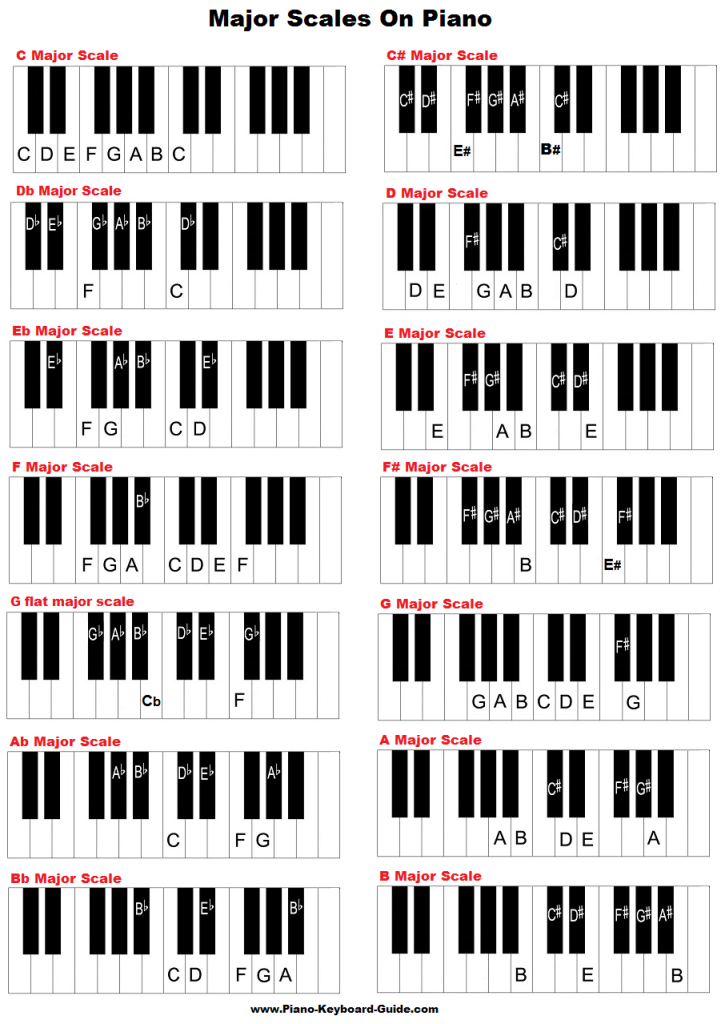
But, to spare you the details of learning about double-sharps, some notes have been written differently. Traditionally, scales should only have one instance of every note. It's important to exclusively use either sharps or flats in a single scale.įingerings: 1 = Thumb, 2 = Index Finger, 3 = Middle Finger, 4 = Ring Finger, 5 = Little (pinky) Finger. The reason a scale can be a sharp or a flat (for example: C♯ / D♭ minor) is that these are the same note, just a different way of expressing it. Each note included in the scale is highlighted in blue on each minor scale's piano diagram below.įlat (♭) and sharp (♯) scales: All of the sharp and flat minor scales are in the right column, next to their natural counterpart. Each key is highlighted in blue in the text of each minor scale. A-flat harmonic minor scale The Solutionbelow shows the Abharmonic minor scale notes, intervals and scale degrees on the piano, treble clef and bass clef. The Key: The key is what each scale starts on and is built from, this is known as the tonic.

There has been an additional note added at the end of each scale that represents the beginning of the scale in the next octave up (which is just the same scale in a higher pitch). Containing 7 notes, these form heptatonic scales. This list of minor scales will help you understand music scales on the piano.


 0 kommentar(er)
0 kommentar(er)
